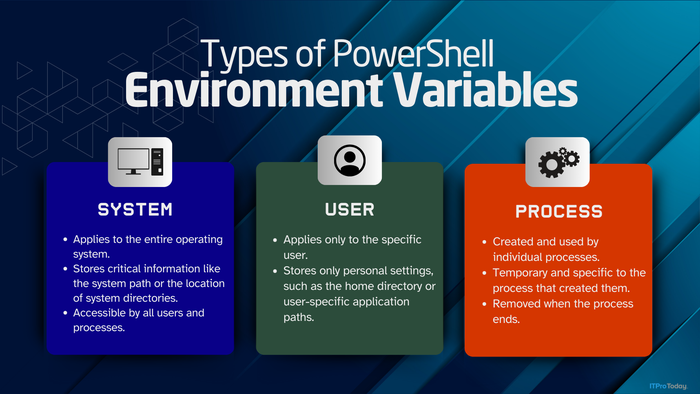RAID Tips
Tips for RAID.
August 1, 1997
Separate I/O types: Keep write-intensive and read-intensive environmentson separate physical devices.
Keep random activity and sequential activity on separate devices.
Match the RAID level's characteristics to the volume in question; forexample, don't put a write-intensive application on a RAID 5 volume.
Use Fast drives, such as the new 10K-revolutions-per-minute
(RPM)drives.Use SCSI, not IDE or EIDE. SCSI's extensibility and performance far exceedIDE's for server applications (even EIDE maxes out at 17MBps data transferrates).
Use a RAID volume (such as 0) for your page file to enhance virtual memoryperformance.
Use multichannel hardware-accelerated disk controllers.
Keep an eye out for Intelligent I/O (I2O) devices, which offload I/O
processing to dedicated CPUs on peripheral cards such as RAID and
networkcontrollers. This approach achieves much greater throughput with a smallfraction of the impact on the system's main CPU(s).
About the Author
You May Also Like






.jpg?width=700&auto=webp&quality=80&disable=upscale)
